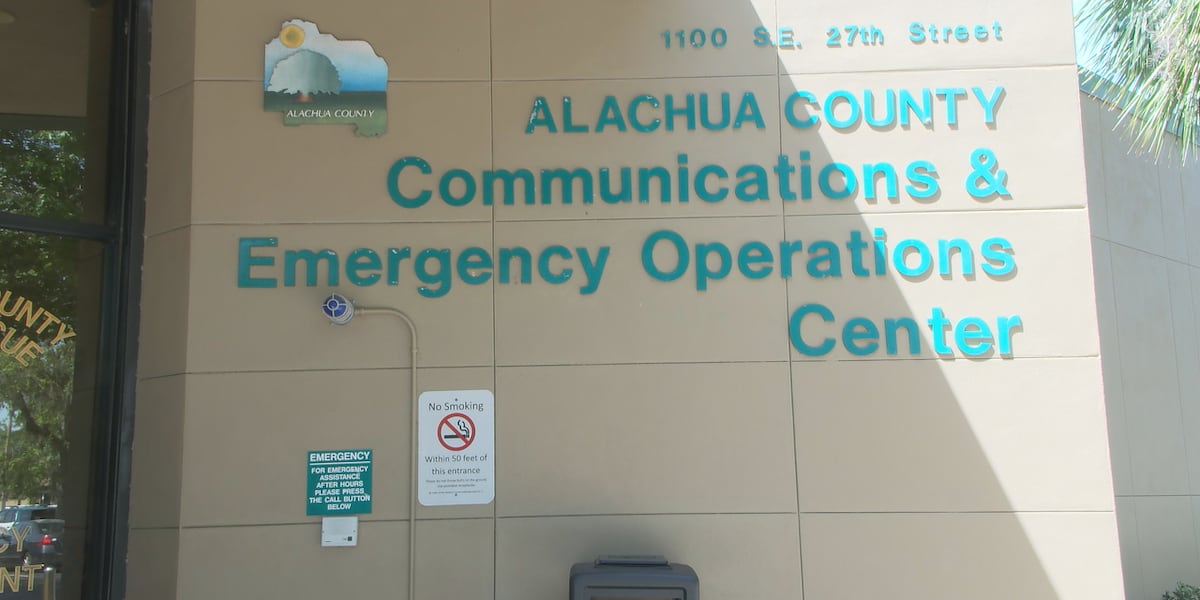Tech to the Rescue: How AI is Safeguarding Kenya's Wildlife – A Game Changer for Conservation

Kenya's Wildlife Gets a High-Tech Guardian: AI Steps In
Kenya's national parks and reserves are globally renowned for their incredible biodiversity, showcasing iconic species like lions, elephants, and rhinos. However, the delicate ecosystem faces persistent threats – poaching, habitat loss, and human-wildlife conflict. Traditionally, monitoring and protecting these animals has been a challenging and resource-intensive task. But now, a powerful new ally has emerged: Artificial Intelligence (AI).
Across Kenya, conservationists are increasingly turning to AI-powered tools to revolutionize wildlife monitoring and protection efforts. These technologies are not about replacing human rangers, but rather augmenting their capabilities, allowing them to be more effective and proactive.
How AI is Making a Difference
- Automated Camera Trap Analysis: Vast areas of Kenyan parks are monitored by camera traps, generating immense amounts of data. Manually reviewing these images is incredibly time-consuming. AI algorithms can now automatically identify animals in these images, classifying species, counting individuals, and even detecting unusual behaviours. This frees up rangers to focus on more critical tasks.
- Acoustic Monitoring: AI can analyze audio recordings to detect the sounds of poaching activity, distress calls from animals, or even illegal logging. This provides an early warning system, enabling rapid response and intervention.
- Drone Surveillance: Drones equipped with AI-powered image recognition can survey large areas quickly and efficiently, identifying potential threats like poachers or signs of habitat degradation. Real-time data transmission allows rangers to respond immediately.
- Predictive Analytics: AI can analyze historical data on animal movements, poaching patterns, and environmental factors to predict future risks. This enables conservationists to proactively deploy resources and prevent incidents.
Success Stories: Protecting Endangered Species
The impact of AI is already being felt on the ground. For example, the Mountain Bongo, a critically endangered species native to Kenya, has benefited significantly from AI-powered monitoring. The Mount Kenya Wildlife Conservancy uses AI to track individual bongos, monitor their health, and detect potential threats. Similar initiatives are underway to protect rhinos, elephants, and other vulnerable species.
Challenges and the Future of AI in Conservation
While AI offers immense potential, challenges remain. Access to reliable internet connectivity in remote areas can be a barrier. The cost of implementing and maintaining AI systems can also be significant. Furthermore, ensuring the ethical use of AI and protecting sensitive data are crucial considerations.
Looking ahead, the future of wildlife conservation in Kenya is inextricably linked to AI. As technology continues to advance and become more accessible, we can expect to see even more innovative applications of AI in protecting Kenya's precious wildlife heritage. Combining human expertise with the power of AI is creating a new era of conservation, one that offers hope for the future of these incredible animals and their habitats.





